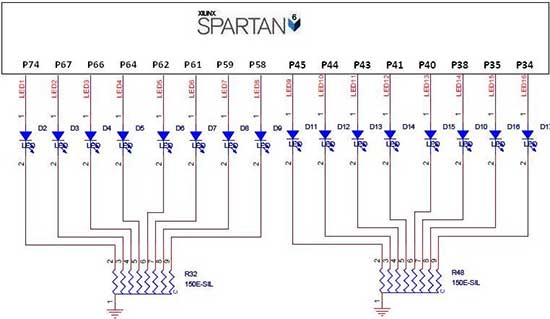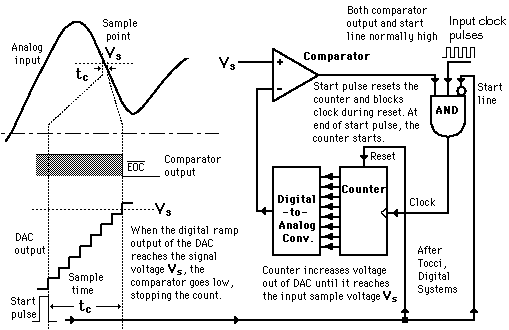
matrix keypad interfacing with spartan 3 primer

A matrix keypad consists of a set of buttons similar to an alphanumeric keyboard, equipped with keys typically marked with letters, numbers, and additional function keys. Embedded systems that require user interaction must interface with devices that accept user input, such as keypads. The Spartan-3 Primer board features a 4x4 matrix keypad, as illustrated in the accompanying figure. Keypads are arranged in a matrix format, with each row and column section pulled high, and all row and column lines connected directly to the I/O pins.
The matrix keypad operates on a grid structure, comprising 4 rows and 4 columns, which allows for efficient input detection. When a button is pressed, it connects a specific row to a specific column, creating a unique circuit that can be detected by the microcontroller. This method reduces the number of I/O pins required, as multiple keys can share connections, thereby optimizing the design for embedded systems.
In the context of the Spartan-3 Primer board, the keypad's I/O pins are configured to read the state of each button press. The rows are typically driven high, while the columns are monitored for any changes in state. When a key is pressed, the corresponding row and column will register a low signal, indicating the specific key that has been activated. This information can then be processed by the microcontroller to execute the desired function.
For implementation, it is essential to configure the microcontroller's GPIO (General Purpose Input/Output) pins correctly. Each row pin should be set as an output, while each column pin should be set as an input with pull-up resistors enabled. This setup ensures that the system can accurately detect button presses without floating inputs causing erroneous readings.
Additionally, debouncing techniques may be employed in the software to ensure that a single press does not register multiple times due to mechanical bounce, which is common in physical switches. This can be achieved through software delays or state change detection algorithms.
Overall, the integration of a 4x4 matrix keypad into embedded systems like the Spartan-3 Primer board enhances user interaction by providing a compact and efficient means for input, making it a valuable component in various applications.Matrix keypad consists of a set of buttons similar to an alphanumeric keyboard provided with keys usually marked with letters or numbers and various extra keys. Embedded systems which require user interaction must be interfaced with devices that accept user input such as a keypad.
The Spartan-3 Primer board has 4x4 Matrix Keypad, indicated as in Figure. Keypads arranged by matrix format, each row and column section pulled by high, all row lines and column lines connected directly by the i/o pins. 🔗 External reference
The matrix keypad operates on a grid structure, comprising 4 rows and 4 columns, which allows for efficient input detection. When a button is pressed, it connects a specific row to a specific column, creating a unique circuit that can be detected by the microcontroller. This method reduces the number of I/O pins required, as multiple keys can share connections, thereby optimizing the design for embedded systems.
In the context of the Spartan-3 Primer board, the keypad's I/O pins are configured to read the state of each button press. The rows are typically driven high, while the columns are monitored for any changes in state. When a key is pressed, the corresponding row and column will register a low signal, indicating the specific key that has been activated. This information can then be processed by the microcontroller to execute the desired function.
For implementation, it is essential to configure the microcontroller's GPIO (General Purpose Input/Output) pins correctly. Each row pin should be set as an output, while each column pin should be set as an input with pull-up resistors enabled. This setup ensures that the system can accurately detect button presses without floating inputs causing erroneous readings.
Additionally, debouncing techniques may be employed in the software to ensure that a single press does not register multiple times due to mechanical bounce, which is common in physical switches. This can be achieved through software delays or state change detection algorithms.
Overall, the integration of a 4x4 matrix keypad into embedded systems like the Spartan-3 Primer board enhances user interaction by providing a compact and efficient means for input, making it a valuable component in various applications.Matrix keypad consists of a set of buttons similar to an alphanumeric keyboard provided with keys usually marked with letters or numbers and various extra keys. Embedded systems which require user interaction must be interfaced with devices that accept user input such as a keypad.
The Spartan-3 Primer board has 4x4 Matrix Keypad, indicated as in Figure. Keypads arranged by matrix format, each row and column section pulled by high, all row lines and column lines connected directly by the i/o pins. 🔗 External reference





